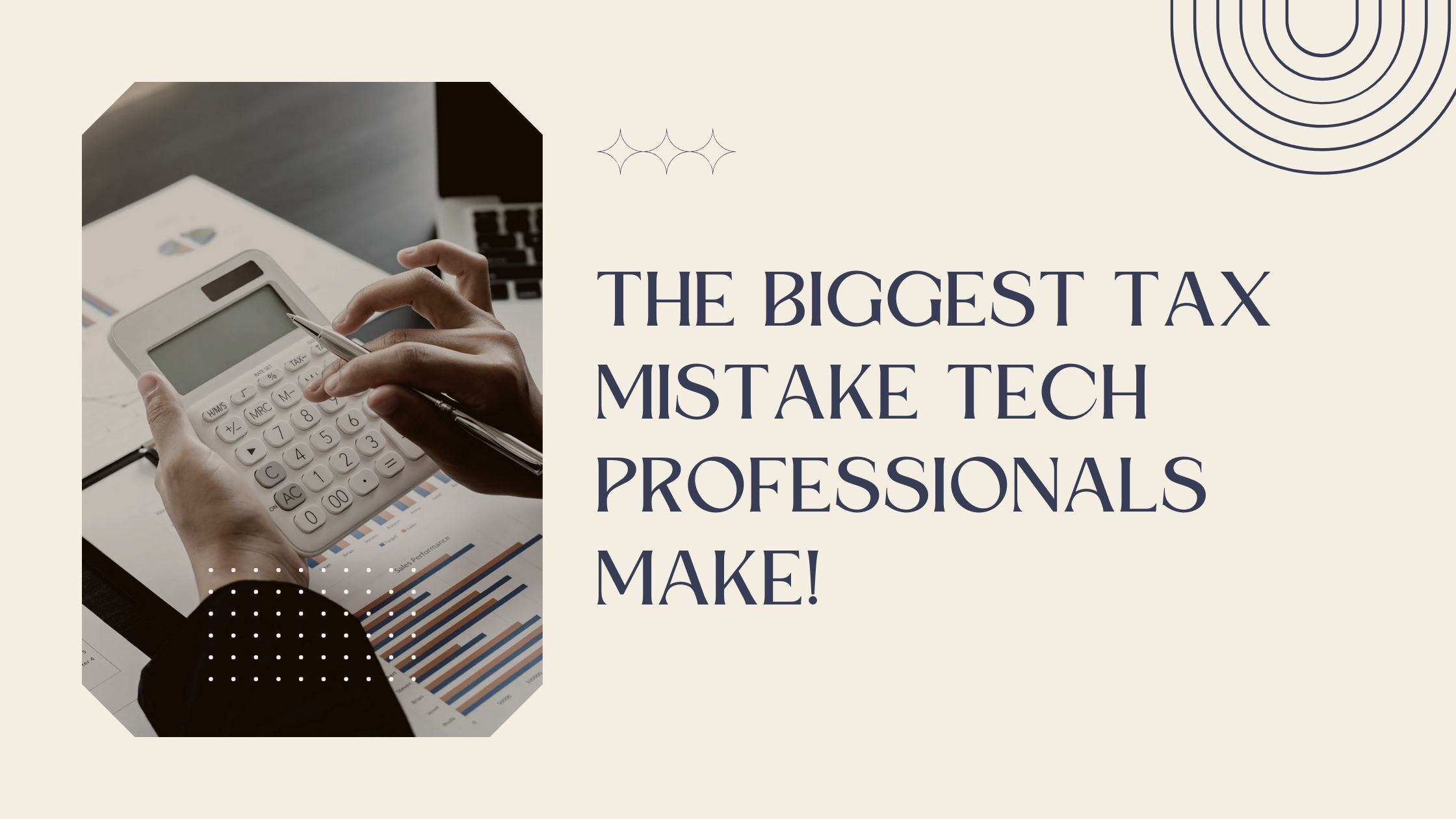Find the best ways to utilize the power of ROTH
Roshani Pandey is a financial advisor and founder of True Root Financial. True Root Financial is located in San Francisco, CA and serves clients across the globe.
When I took my first job out of college, believe it or not, I had never heard of a 401(k) or a ROTH. At orientation, I was handed a large packet of financial literature and told where to sign up for a retirement plan, if I wanted to. I thought it was strange to do all this work now for something that was at least forty years down the line. As I sat perusing through the paperwork at my desk, flouting the whole idea in my confident naivete, a colleague of mine interrupted. He was only a few years older than I was but had a Finance degree. He impressed on me the idea of how investments grow over time and advised me to start contributing, whatever I could. Words matter and some words that come as timely information can change a life.
Even though, I started investing in a 401(k) early on, for a long time, I did not know about a retirement vehicle that if used correctly, could potentially grow the most. This vehicle is a ROTH, the holy grail of retirement investing.
I have written before about the lack of useful financial information available out there. In writing this article, my hope is that you examine your financials to see how a ROTH can benefit you and take action today.
First things first:
Before we even talk about ROTH, I want to emphasize how important an employer sponsored plan is. If you are already maxing out your 401(k), feel free to skip this section. If not, please read on.
For a majority of people, retirement plans are typically available as employer sponsored plans such as a 401(k) or as self-managed IRAs. You should always try to max out your employer sponsored plan before contributing to an IRA.
Why max out an employer sponsored plan?
First of all, some employers encourage employees to save more by matching employee contributions. This is free money that you must take advantage of.
Secondly, employer sponsored plans have a much higher threshold for contribution than an IRA. According to the IRS, in 2019, the contribution limit for a 401(k) is $19,000 and that for an IRA is $6,000.
Thirdly, an employer sponsored plan has a great infrastructure for investing. In my years of advising large corporations and government organizations, I worked with chief financial officers, for whom the employee retirement plans were top of mind. They were constantly reviewing the investment options and the overall design of the plan to encourage employees to invest more and invest wisely.
Lastly, the funds on your employer sponsored plan are likely to be much cheaper than if you were to buy them yourself outside of the plan. This is because your employer is able to negotiate a discount due to their size. This is a very important advantage. When you pay a fee, you’re also paying away all the compound returns of those fees and this eats away your long-term returns.
On the other hand, if you were to invest in an IRA on your own, the investment would fall squarely on your shoulders. Even if you were to hire a financial advisor, the overall cost would likely be higher than that for an employer sponsored plan.
Now, let’s dig deeper into these plans.
Key differences between traditional and ROTH vehicles
In a traditional vehicle like a 401(k) or a traditional IRA, you contribute income before paying taxes. The money grows and at age 59 1/2 , you can start withdrawing after paying applicable taxes at the time of withdrawal. At 70 1/2, you are required to withdraw.
In a ROTH vehicle like a ROTH IRA or a ROTH 401(k) that some employers offer, you contribute income after paying taxes on them. The money grows and just like a traditional vehicle, you are allowed to withdraw at 59 1/2 but you don’t pay any taxes at withdrawal because you already paid them before. Also, you are never required to withdraw and can keep your investments growing. In fact, you can even pass it to your heirs and have them withdraw without paying any taxes!
In this way, a ROTH can grow much more substantially as the contributions compound over the years through retirement and can be withdrawn completely tax-free. Furthermore, they can also be used as a potent tax and estate planning tool.
While a ROTH is powerful, in some cases, a traditional vehicle might be more suitable. The crux of deciding between the two revolves around what your tax rate is now versus what it will be in the future.
When to use Traditional vs. Roth vehicles?
Think of taxes as cost. Just like fees, they eat away your compound returns. Popular assumption says that since you will likely be at a lower tax bracket at retirement, you should invest in a traditional vehicle now.
But, is that always true? With more experience, you might become an even higher earner in your later years. Or, you might take consulting work. Or you might be benefiting from a deduction or a tax credit now that won’t be there later. Or, the tax regime might be completely different at that time.
The future is uncertain and so are taxes. So, what should you do? Without knowing the future, here are some guidelines you can use to make a decision based on current information:
ROTH can be advantageous to someone with a low taxable income or those young in their careers:
- If you are just starting your career or are working part-time and are in a lower tax bracket, it might be advantageous to max out your ROTH contribution because your tax cost is low. You are saving more dollars after taxes and putting those tax savings to work. Over time, these savings will compound to produce a large portfolio that you can withdraw tax-free
- If you are taking a break from work, or are in a period where your income for the year is very low, it might be advisable to do a ROTH conversion, where you convert all or a part of your traditional vehicles into a ROTH vehicle. You will be paying taxes on the conversion but because you will likely fall in a low tax bracket for the year, your taxes will also be low. Now, why would you do this? Because once you convert to a ROTH, your money grows tax-free. Doing a ROTH conversion in a year where your income is low means that you’re paying a low cost for a lifetime of growth and tax-free money at retirement
- If you have a non-working spouse or children and young adults who have an income, you should consider opening a ROTH IRA for them. For the non-working spouse, as long as you file taxes jointly, you can contribute to their ROTH from your income. For children and young adults, as long as they have an income through summer jobs or on campus jobs, they can contribute to a ROTH. Typically, the income that children make is too little for the taxes to be meaningful. So, putting the money in a ROTH so early in their lives means that it compounds and grows a lot
Both ROTH and traditional vehicles can be advantageous to others
- If you are in a high tax bracket and especially if contributing to a traditional vehicle will put you in a lower bracket, you should focus on these vehicles instead of a ROTH. Say you are a single tax-filer or a married couple without children and with a high income. Also, you live in a high tax state like California or New York. On top of it, you don’t have deductions like a mortgage. In this case, contributing to a traditional vehicle will lower your taxable income and decrease the tax burden
- If you fall somewhere in the middle of these categories where you have been working for a while, your salary has increased but you also have deductions like a mortgage, it might be beneficial to contribute to both. If your employer does not offer a ROTH 401(k), consider opening a ROTH IRA account with Fidelity or Vanguard. How should you invest the funds? Look into my course on investing here. IRAs have income limits that change frequently. Refer to the IRS website to find current limit. Even if you don’t qualify given these limits, you can still do a “backdoor” contribution by contributing after-tax dollars first into a traditional IRA, then doing a “conversion” into a ROTH. Since you contributed after-tax dollars and are converting right away, you will not owe any taxes on this conversion. This strategy works best if you don’t have an existing traditional IRA as you may need to pay taxes on the conversion if you do
ROTH can be a great tax planning vehicle
- For those that wish to pass their retirement portfolios to their children, the ROTH conversion in a low tax year can be a great tax planning tool. You can use this conversion method to convert an existing traditional IRA or 401(k) and use it as a tax planning strategy to pass inheritance to your heirs that they can withdraw during their life-time tax-free
- For those that wish to manage their spending at retirement having a ROTH vehicle can be very useful. Unlike a traditional vehicle that requires you to start withdrawing a certain amount at age 70 1/2, a ROTH vehicle does not require you to make any withdrawals at all. A ROTH gives you more flexibility to spend your retirement portfolios
Your next steps
Before you make any changes to your current tax matters, always consult with a CPA. Additionally, if you are considering a ROTH conversion, ask your CPA to do a tax projection based on your projected income to see what the impact will be.
There might be factors that you haven’t considered and you don’t want to be taken by surprise at tax time. The consultation might come at a cost but it is completely worth it.
DISCLAIMER: This site exists to thought provoke and learn from the community. Your decisions are yours alone and we are in no way responsible for your actions. Please think long and hard before taking and financial decisions. Please be advised that nothing on this site constitutes tax advice.









Thank you for sharing your insights. Much appreciated! Very well written and informative. Looking forward to the course.
Thank you Sibani for your kind words! Really appreciate your support! 🙂